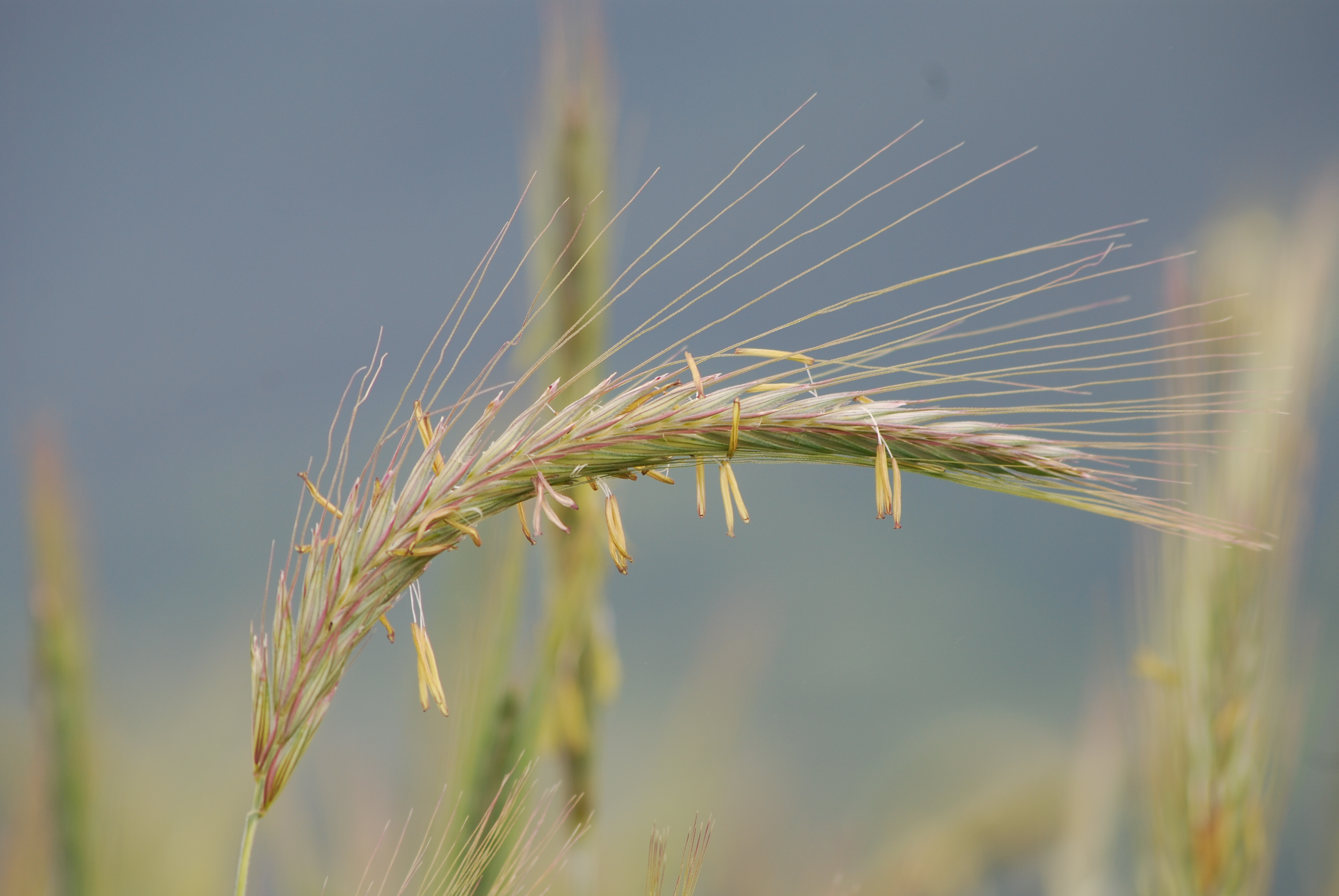The need for functioning crop rotation systems in arable farming is discussed in detail, and the students acquire the skills to assess and, if necessary, improve crop rotations. Catch crops and catch crop mixtures are included in overall crop rotation planning.
The area of plant nutrition and fertilization provides insights into the importance of individual plant nutrients and their dynamics. Organic and mineral fertilizers are discussed and fertilization systems are presented.
Using a list of harmful organisms that has been structured specifically for plants, students get a quick overview of the most important diseases and pests . This provides an excellent research basis in the area of “harmful organisms”. Examples of strategies for their prevention and regulation are presented, taking into account ecological and economic criteria as well as legal regulations. plant protection products , including beneficial insects, competently is learned and practiced with the help of the homepage BAES.gv.at (Federal Office for Food Safety).
Seeds/planting material are defined and their application as well as the sowing methods (seed quantities, row spacing, planting depths) are presented and discussed from a crop cultivation perspective. crop varieties and select them for specific applications is learned and practiced using the homepage BAES.gv.at (Federal Office for Food Safety), and the procedure for variety approval is presented.
The cultivation (stages of development according to the BBCH code, stock development and culture management) of grain and maize (as a root crop example) is discussed, the treatment and processing of plant products is conveyed, recorded and discussed in the media, specific quality parameters of the most important plant products are named.
Approaches to organic plant production are supported as a teaching principle and are always incorporated.












